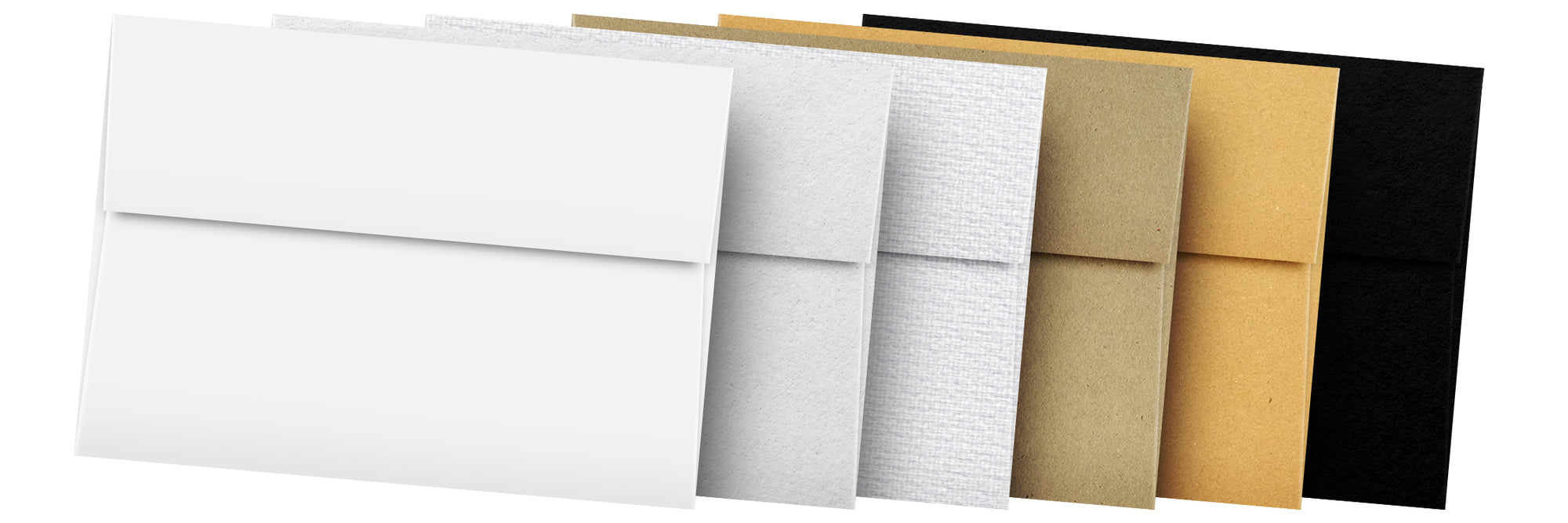
Paper is a material that we use every day in our lives, whether it's for writing, printing, packaging, or building. But have you ever stopped to think about where the paper in your notebook or the cardboard in your box of cereal comes from?
The process of making paper is quite fascinating, and it has a long history dating back to ancient civilizations
In this blog, we'll take a closer look at the different steps involved in the process of paper manufacturing and how it has evolved.
Let's start with an Overview of the Process of Paper Manufacturing:
The demand for paper is always growing, and paper mills and pulping facilities work around the clock to keep up with this demand. Modern paper manufacturing processes are highly efficient and use advanced technologies to produce large quantities of paper in a short amount of time. Despite this efficiency, the process of making paper remains a delicate and complex one, and it requires a great deal of precision and attention to detail to produce a finished product that meets the high standards of quality and performance that are expected of it.
Raw materials: The raw materials used to make the paper can have a significant impact on the properties and quality of the final product. Wood pulp is the most common raw material used in paper manufacturing, but other materials such as recycled paper, plant fibers, and even plastic can also be used. The choice of raw material can affect the strength, durability, and appearance of the finished paper. So once you have the material you can start the process.

Paper Manufacturing Materials
- Pulping: The first step in the process of making paper is to separate the fibers of the raw material. There are three main methods of pulping: mechanical, chemical, and deinked. To mechanically pulp the fibers, we use machines like grinders or refiners. These machines work by grinding the fibers together to break them down into smaller pieces. We use chemicals like sodium hydroxide or sulfur dioxide to chemically pulp the fibers. These chemicals help to break down the fibers and make them easier to separate. Deinked pulp is made from recycled paper that has been treated to remove ink and other contaminants. This allows the fibers to be reused in the production of the new paper, which helps to reduce waste and conserve resources. The type of pulping process we use depends on the desired properties of the final paper product and the raw material being used.
- Forming: Now that the fibers have been separated, we need to form them into a sheet of paper. We do this on a special machine called a Fourdrinier machine. This machine is like a big, flat tub filled with water and fibers. The water helps to hold the fibers together and keep them in place. We use a wire mesh to help drain the water and press the fibers together to form a sheet. Once the sheet is formed, we use to heat and pressure to dry it. The Fourdrinier machine is named after a man named Henry Fourdrinier who invented it a long time ago.
- Drying: After the sheet of paper has been formed and pressed on the Fourdrinier machine, it needs to be dried to remove the remaining water. This is typically done using a combination of heat and pressure. The paper may also be coated with chemical treatments at this stage to improve its appearance and performance, such as a glossy finish or water and fade resistance.
- Finishing: Once the paper is dry, it is ready for finishing. This can include processes such as cutting the paper to size, adding printed designs or text, and adding any necessary coatings or treatments. The finishing stage of paper manufacturing can include a wide range of processes, depending on the final product that is being produced. For example, printing and coating operations can be used to add colors, designs, or text to the paper. Other finishing processes can be used to improve the strength and performance of the paper, such as laminating or adding water-resistant coatings. The finished paper can then be used for a wide variety of applications, including writing and printing, packaging, and construction.

Paper Manufacturing Process
In conclusion, the process of making paper is a complex and multi-step process that requires a great deal of precision and attention to detail. From pulping and forming on a Fourdrinier machine to drying and finishing, each step plays a crucial role in the final product. The next time you pick up a sheet of paper or a cardboard box, take a moment to appreciate the journey it has taken to get there, including the use of raw materials such as wood pulp, recycled paper, and plant fibers, as well as the various treatments and coatings that were applied to give it its final form and function. The process of paper manufacturing is an essential one that helps to provide us with the paper products we use every day, and it is the result of the hard work and expertise of many skilled professionals working together.
Here at FoldCard.com, we offer a variety of paper in different sizes and colors to suit your needs. From standard printing paper to colorful cardstock and chipboard paper, we have something for every project. We also offer a range of paper treatments and coatings to enhance the appearance and performance of your paper. Whether you need plain white printer paper or colorful paper for a craft project, you can find what you need on our beautiful website feel free to contact us at info@foldcard.com



